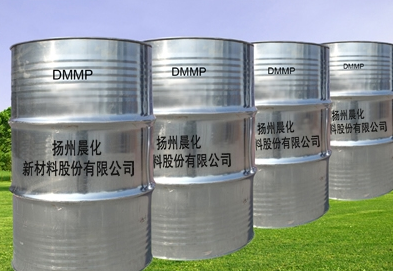The additive flame retardants commonly used in some materials may decompose slightly at the processing temperature, which limits the use of some flame retardants on the one hand and the processing temperature of flame retardants on the other. Many additive flame retardants are filler type. In order to make the material reach the required flame retardant level, the amount of additive is often large, so it is difficult to disperse all additive flame retardants evenly in the polymer matrix, which may reduce some properties of the material.

The synergistic system consisting of halogen flame retardant and antimony oxide, which is commonly used in materials, can give materials high oxygen index and UL94 flame retardant level, and can meet the application scope of many places with strict fire requirements, but this system has a large amount of smoke during pyrolysis and combustion, and produces toxic and corrosive gases.
When the amount of solid flame retardant is high, it is difficult to disperse uniformly in the melt polymer. Poor dispersion will aggravate the brittleness of the polymer and reduce the flame retardant effect. The dispersion of flame retardants in materials can be improved by making flame retardants into masterbatches (the processing cost is too high) or surface treatment of flame retardants with coupling agents (currently commonly used).
Another problem with flame retardants is that they reduce the light resistance of materials, and the effect of light stabilizers affected by amine retardants is that halogen flame retardants are seriously deteriorated. Inorganic flame retardants are slightly better than halogen flame retardants in this respect. For example, zinc oxide can greatly reduce the thermal aging time of these additives.
In general, the price of flame retardant materials is higher than that of non-flame retardant materials, and the recycling of flame retardant materials is more difficult than that of non-flame retardant materials. Although the use of flame-retardant materials is costly, it is still a necessary and wise choice to balance the fire-retardant products in today's society to improve fire safety, reduce the loss of people's lives and property in fires and make outstanding contributions to environmental protection.